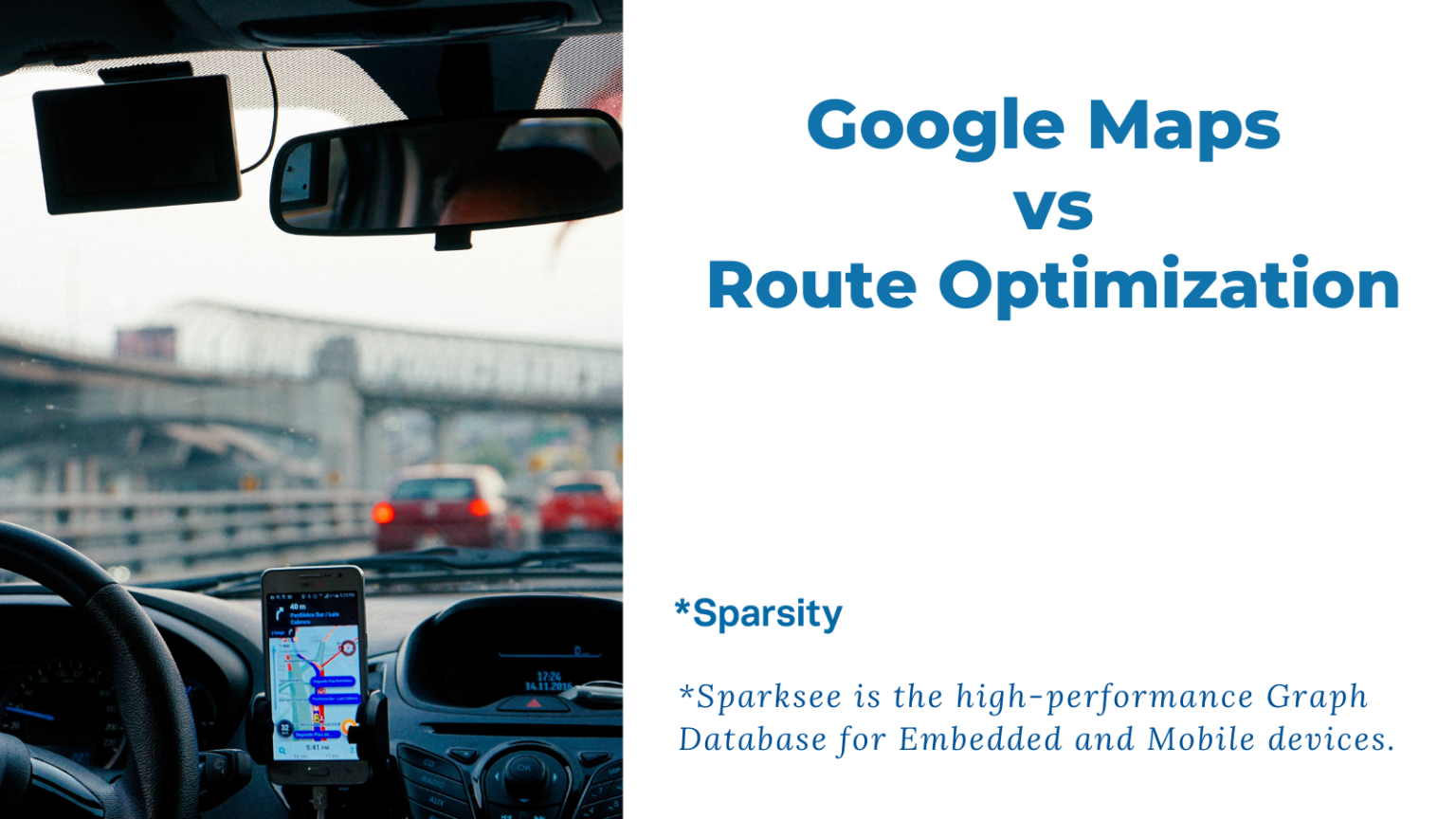Most of the time when we are at a conference or congress, people come to our stand asking
‘So what’s the difference between what you do and Google Maps or Waze?’
… and to be honest, the answer is quite simple. These are navigation tools, and they are amazing at giving you turn-by-turn directions, but…
What happens when you need to plan efficient routes with multiple destinations or multiple start points at the same time?
Let’s imagine that you have to visit 20 or 100 places in one day. GMaps and Waze won’t be able to tell you the optimal path to all those places, they will just calculate the best possible route based on the order you’ve entered the addresses.
Let’s take it a bit further and imagine that you are now setting up a delivery operation. A few more variables appear now that are crucial to the service you offer:
- Start/end locations: Do you have one or multiple depots to start from?
- Number of trips per vehicle: Do the drivers need to come back to the warehouses to continue their deliveries? Do you have backhauls with supplies?
- Unique vehicle capacity: How much can each delivery vehicle carry? These constraints can affect when and where should your vehicles go.
- Priority of the delivery: Sometimes CRMs tell us that one particular customer is special and so you might want to deliver their item first.
Let’s face it, navigation apps can’t help you here but a smart route optimizer can.
A smart route optimizer is designed to take all of these variables into consideration and generate the best possible route for each one of your drivers. Studies show that last mile delivery represents 28% of the cost of moving an item from the factory to its purchaser.
By using a route optimizer, companies can reduce the length of their routes up to a 40%. The results? Savings in fuel and maintenance costs and the opportunity to reach even more customers with one shift.
Plus, you’ll be reducing your company’s carbon emissions (yay! You are helping the planet!)
Routing is essentially a very, very complex math problem that scientists have been trying to solve for decades. Trying to solve it eyeballing or using a human dispatcher it is going to restrain your company’s growth and that doesn’t make any sense.
Have you ever thought that there might be an easier, faster and more efficient way of planning your delivery routes without using pen and paper?

